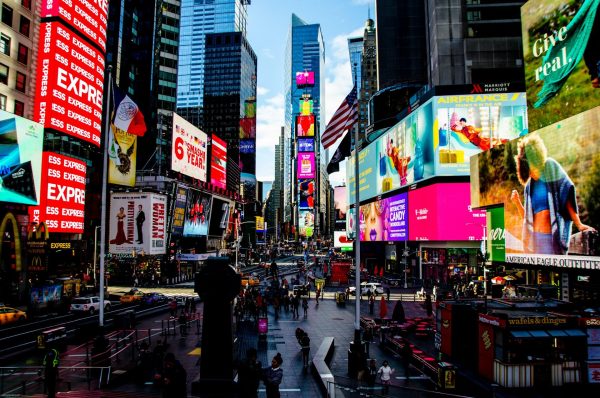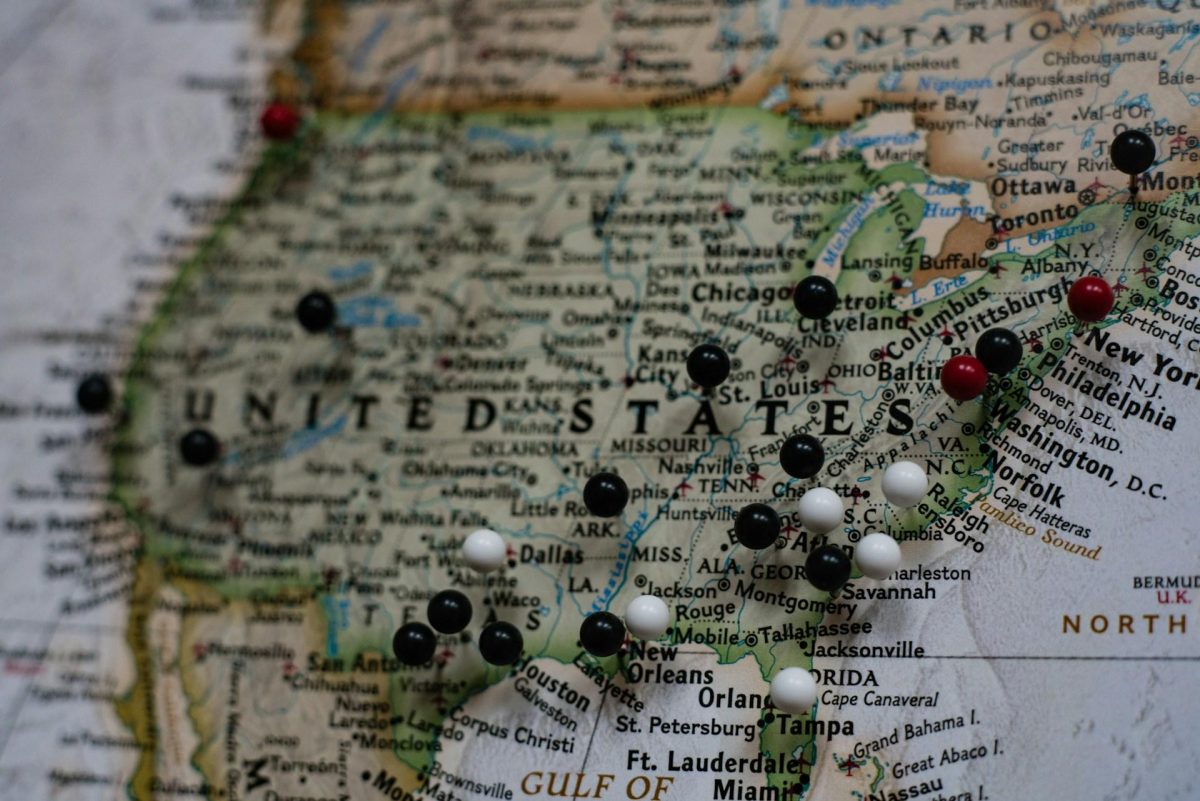Maslow’s Hierarchy of Needs considers psychological needs (including food, water, shelter, and clothing) fundamental to any person.
Unsurprisingly, fulfilling this part of the pyramid requires job security. A declining labor market results in unemployment, dramatically affecting a country’s economy. Despite its dominance, the United States isn’t immune to this reality.
Production amplifies when things are going well, leading to a high number of workers required. Unfortunately, stagnating growth results in the opposite: a lower number of workers needed, causing unemployment. This article explores the negative effects unemployment has on the US economy and what that means for the rest of the world.
How Unemployment Is Defined in the US

Although unemployment is universal, it’s a metric measured in various ways worldwide. The U.S. Bureau of Labor Statistics (BLS) is the primary reference point for job data in the United States.
The fact-finding government agency first determines who is eligible to be in the labor force. This consists of people with a job and those actively looking for one. Each group has individuals who meet certain criteria:
- Over the age of 16;
- Not part of institutions like prisons, mental facilities, and nursing homes;
- Not in the Armed Forces.
Afterward, the BLS conducts a monthly survey called the ‘Current Population Survey,’ which covers about 60,000 American households.
While not covering every household in the country, the massive sample size provides a decent picture. Through random sampling methods and targeted questioning, the bureau can determine the employment status of a relatively large population. Finally, the BLS divides the number of unemployed people by the sampled labor force (then multiplied by 100) to provide a monthly unemployment rate.
Initial claims are another closely watched indicator of the US jobs market. They refer to the number of people who have filed for unemployment insurance for the first time during the past week.
Due to its higher frequency in appearance, it is the earliest indicator of the labor market’s health. This metric also correlates positively with the unemployment rate released on the first or second Friday of each month.
Historically, the US has unsurprisingly maintained a below-average unemployment rate (currently 4.3%) compared to the rest of the world). As with other countries, US unemployment falls when the economy is booming and rises during recessions. This is the countercyclical nature of unemployment.
The Covid-19 recession was the worst unemployment for the country (with an all-time high of 14.9%), followed by the 2008 ‘Great Recession’ (where the rate hit 10%).
The Effects Of Unemployment on The US Economy

The result of unemployment in any economy is undeniable. Firstly, the higher the joblessness, the less money people spend. Whether it’s the latest sedan or a basic item like food, these are all essential products to an economy.
So, a drop in the number of people working means less money contributed to all goods produced and sold in the United States. For further context, consumer spending accounted for nearly 70% of America’s Gross Domestic Product (GDP).
Not only does unemployment reduce the amount spent on goods and services, but it also decreases the rate of production due to the lower workforce.
It also produces a terrible cascading effect that affects even employed people. Through the reduced purchasing power, the employed individuals who contribute to the country’s economic output have less work and become more likely to be jobless. In another sense, unemployment can encourage current workers to exit the labor force (known as labor market hysteresis).
Let’s not forget taxes. Higher unemployment means less tax revenue for the US government, which will pressure them to spend funds on social welfare to reduce poverty. However, improper spending in this regard may lead to a budget deficit and even an increased level of national debt.
Finally, rising unemployment can decrease the level of investment by local and international companies. If the perception of a less-than-promising future is heightened, these investors will be unlikely to fund new businesses or expand their existing ones.
Taking Advantage of US Employment Figures
Financial experts have the privilege of capitalizing on any economic situation, good or bad. The unemployment rate is among the most anticipated indicators that can produce a noticeable effect on the US dollar and related currency pairs, e.g. EUR/USD, USD/JPY, and GBP/USD.
Generally, a figure lower than the previous result is considered bullish. Meanwhile, a negative outcome compared to the last month is taken as a bearish sign. With this information, traders will know whether to seek buying or selling opportunities.
The Ripple Effects of Unemployment
Unemployment in the US depends on the nation’s economic activity. A rise in this metric results in lower production, a decreased workforce, less government taxation, and less investment by firms. These are all correlated effects that lead to a declining GDP, one highly reliable way to measure the States’ wealth.
Although unemployment is devastating for the country’s residents, it provides opportunities for skilled forex traders to create self-employment and make a profit.



